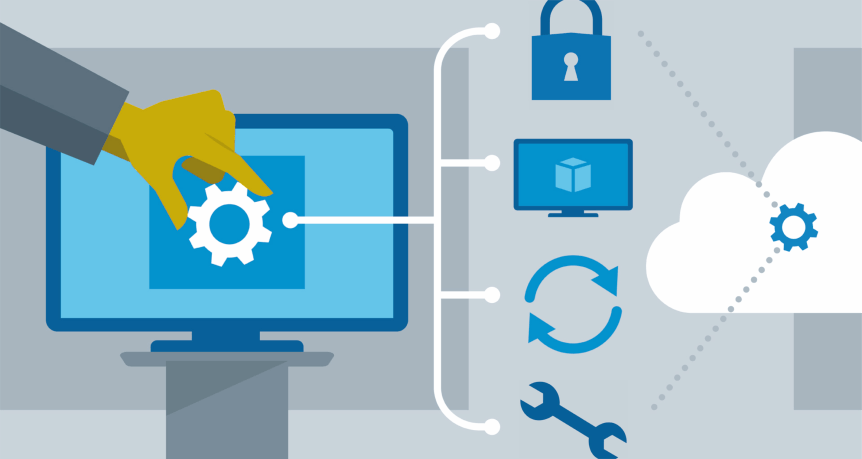In today’s digital landscape, remote work and collaboration have become the norm, driving the need for secure remote access solutions. Remote Desktop Protocol (RDP) is a widely used technology that allows users to access a computer or server from a remote location. While View the website offers convenience and flexibility, it also poses security risks that must be addressed to protect your network from cyber threats.
In this blog post, we will explore the importance of RDP server security and provide you with valuable tips and best practices to safeguard your network against potential threats.
Understanding RDP
RDP, developed by Microsoft, is a protocol that enables remote control and access to a Windows-based computer over a network connection. It is often used for system administration, troubleshooting, and remote collaboration. However, if not properly secured, RDP can serve as an entry point for cybercriminals looking to exploit vulnerabilities and gain unauthorized access to your network.
The Risks of Inadequate RDP Security
- Unauthorized Access: Unsecured RDP servers can be exploited by attackers to gain unauthorized access to your network, potentially compromising sensitive data, applications, and infrastructure.
- Ransomware Attacks: Cybercriminals often use RDP as a vector to deliver ransomware. Once inside your network, they can encrypt your data and demand a ransom for its release.
- Brute Force Attacks: Attackers employ automated tools to guess RDP credentials through brute force attacks. Weak or default passwords make this method particularly effective.
- Credential Theft: If an attacker successfully breaches an RDP server, they can steal credentials and use them for further attacks, such as lateral movement within your network.
- Data Breaches: Infiltration through an insecure RDP server can lead to data breaches, regulatory fines, and reputational damage.
Best Practices for RDP Server Security
- Use Strong Authentication: Implement multi-factor authentication (MFA) to add an extra layer of security. This requires users to provide two or more forms of verification before gaining access.
- Update and Patch Regularly: Keep your RDP server and associated software up to date with security patches to address vulnerabilities.
- Change Default Ports: Consider changing the default RDP port (TCP 3389) to a different port number to make it harder for automated scanning tools to find your server.
- Use Network-Level Authentication (NLA): Enable NLA to require users to authenticate themselves before establishing an RDP session. This reduces the risk of brute force attacks.
- Restrict Access: Limit access to RDP servers by allowing only specific IP addresses or ranges to connect. This can be done using firewalls or network security groups.
- Implement Account Lockout Policies: Set account lockout policies to prevent attackers from repeatedly trying to guess passwords.
- Audit RDP Activity: Enable auditing on your RDP server to log login attempts and activities, allowing you to monitor for suspicious behavior.
- Encrypt RDP Traffic: Use encryption protocols like SSL/TLS to secure RDP traffic during transmission.
- Regularly Review Access Rights: Periodically review and update user access rights to ensure that only authorized individuals have RDP access.
- Monitor for Anomalies: Employ intrusion detection systems (IDS) and security information and event management (SIEM) solutions to monitor and detect unusual or suspicious RDP activities.
Conclusion
RDP server security is a critical aspect of safeguarding your network from cyber threats. Failing to secure your RDP servers can lead to unauthorized access, ransomware attacks, and data breaches that can have severe consequences for your organization. By following best practices such as strong authentication, regular updates, access restrictions, and monitoring, you can significantly reduce the risk associated with RDP and ensure the safety of your network in an increasingly remote world. Remember that security is an ongoing process, so stay vigilant and adapt to evolving threats to protect your network effectively.
